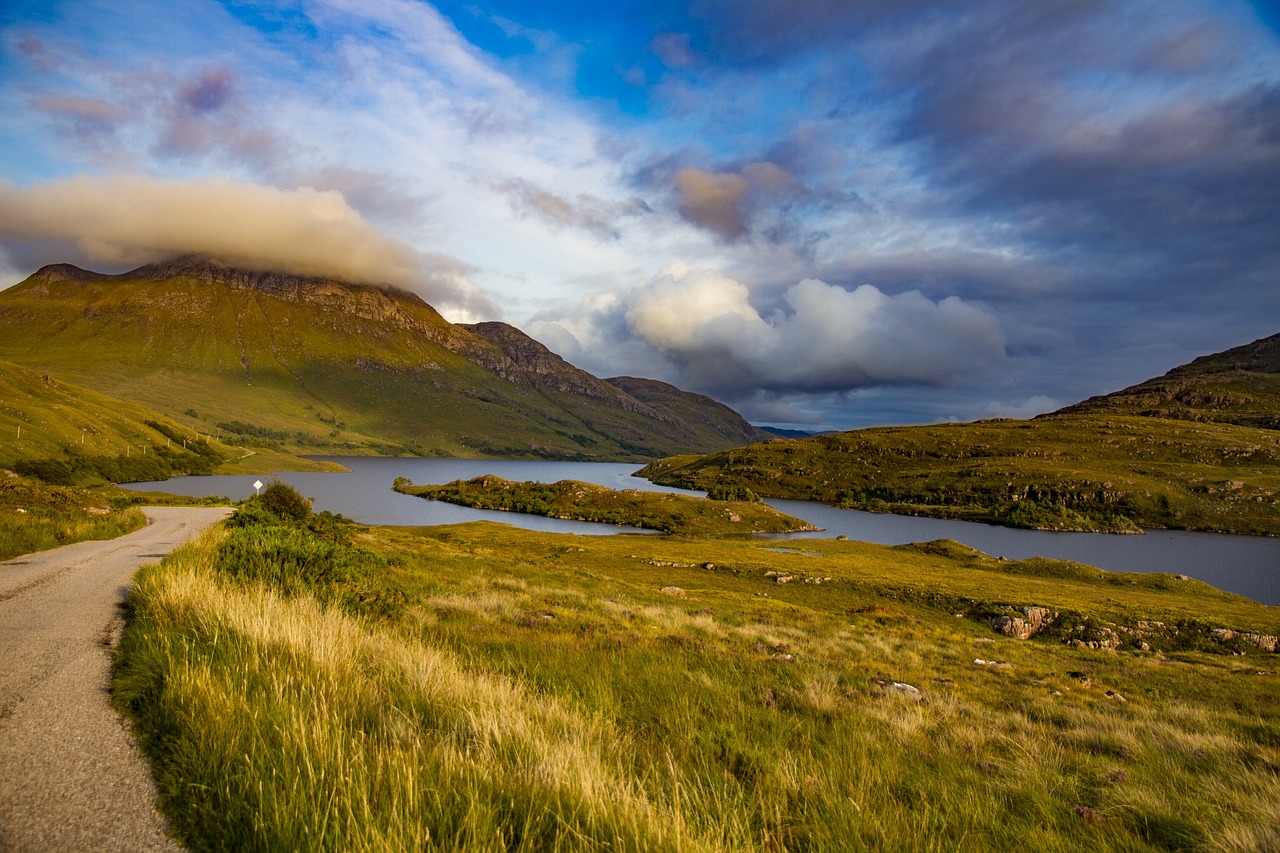The Impact of Climate Change on Ski Tourism: Adapting to Changing Snowfall Patterns
Snowfall patterns in ski tourism regions are primarily influenced by geographical location and elevation. Regions closer to the poles tend to receive more consistent snowfall throughout the winter season, while lower elevation areas may experience fluctuations in snowfall amounts. The presence of mountain ranges also plays a crucial role, as they can create orographic lift, resulting in enhanced snowfall on windward slopes.
Additionally, the Pacific Decadal Oscillation (PDO) and the North Atlantic Oscillation (NAO) are large-scale climate patterns that can impact snowfall in ski tourism regions. The PDO, characterized by sea surface temperature anomalies in the Pacific Ocean, can influence weather patterns that affect snowfall amounts in regions like the Pacific Northwest. Similarly, the NAO, which represents changes in atmospheric pressure over the North Atlantic, can alter storm tracks and precipitation patterns in ski destinations across Europe.
Historical Trends in Snowfall and Temperature in Ski Tourism Areas
Ski tourism regions have witnessed fluctuations in snowfall patterns and temperature over the years. These variations have posed challenges for ski resort operators in ensuring consistent snow cover for their guests. Historical data reveals a trend of changing snowfall amounts and timings, impacting the overall skiing experience in these areas.
Rising temperatures have led to shifts in snowfall from traditional winter months to later in the season or even sporadically throughout the year. This change has forced ski resorts to adapt their operations, such as investing in snowmaking equipment and adjusting their schedules to align with the new snowfall patterns. The historical trends in snowfall and temperature underscore the need for ski tourism regions to prioritize sustainable practices and innovation to mitigate the effects of climate change on their operations.
Changes in Ski Resort Operations and Infrastructure due to Climate Change
Recent years have seen ski resort operators grappling with the impacts of climate change on their operations and infrastructure. One noticeable change has been the need for resorts to invest in snowmaking technology to ensure consistent snow coverage on their slopes. Ski resorts are also increasingly incorporating sustainability practices into their operations, such as using renewable energy sources and implementing waste reduction programs.
In response to changing weather patterns, ski resorts have been diversifying their activities beyond traditional winter sports. Many resorts now offer a range of year-round outdoor activities, such as hiking, mountain biking, and zip-lining, to attract visitors during the off-season. Additionally, some ski resorts are expanding their resort amenities to include luxurious accommodations, spa services, and gourmet dining options to appeal to a broader demographic of guests.
How are ski resorts adapting to the changes in snowfall patterns due to climate change?
Ski resorts are investing in snowmaking technology to ensure consistent snow coverage on their slopes. They are also diversifying their recreational offerings to attract visitors year-round.
What are some examples of changes in ski resort infrastructure in response to climate change?
Ski resorts are upgrading their facilities to be more energy efficient, implementing sustainable practices such as waste reduction and recycling, and investing in renewable energy sources.
How have historical trends in snowfall and temperature influenced ski tourism areas?
Historical trends show a decrease in snowfall and an increase in temperature in ski tourism regions, leading to shorter ski seasons and less reliable snow conditions.
What are some key factors affecting snowfall patterns in ski tourism regions?
Factors such as rising global temperatures, changes in precipitation patterns, and the melting of glaciers are contributing to shifts in snowfall patterns in ski tourism areas.
How can individuals contribute to mitigating the impacts of climate change on ski resorts?
Individuals can reduce their carbon footprint by carpooling, using public transportation, and choosing eco-friendly accommodations when visiting ski resorts. They can also support resorts that prioritize sustainability initiatives.





